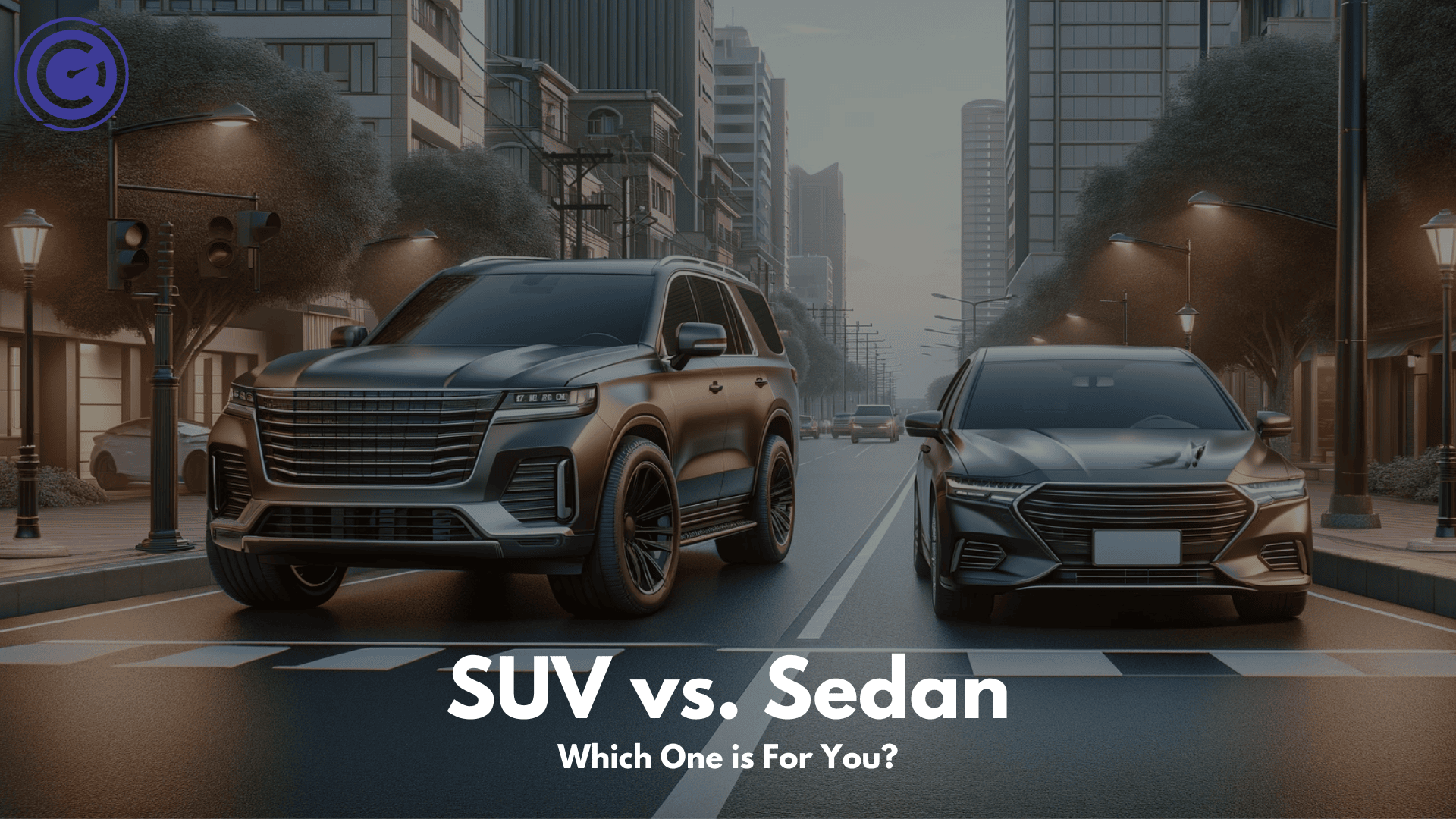As you navigate the bustling market of automobile choices, the debate between owning an SUV and a sedan remains a prominent one. In recent years, SUVs have surged in popularity, offering a sense of adventure and versatility. However, the classic appeal of sedans, known for their efficiency and elegance, continues to hold a significant place in the hearts of many drivers. Choosing the right type of vehicle is more than just a purchase; it’s about finding the perfect companion for your personalized driving experience.
Table of Contents
Comparing Key Differences
Size and Space: SUV vs. Sedan
When it comes to choosing between an SUV and a sedan, size, and space are among the most critical factors to consider. These aspects significantly influence the vehicle’s functionality, comfort, and suitability for your lifestyle and needs.
SUV: Spacious and Versatile
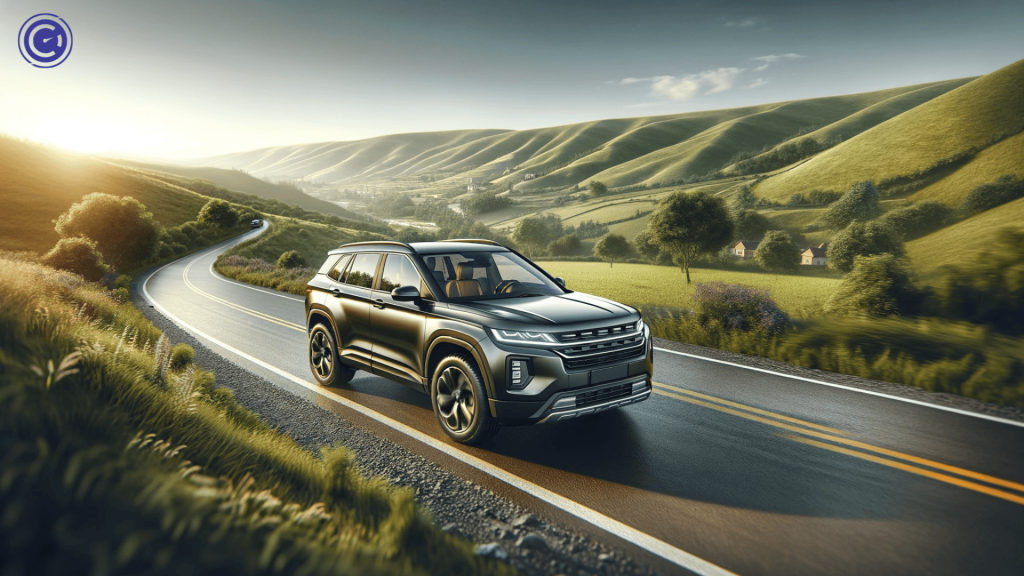
- Interior Space: SUVs are known for their generous interior space. They typically offer more headroom and legroom in both the front and rear seats, making them a comfortable choice for taller passengers or those who prefer more cabin space.
- Cargo Capacity: One of the most significant advantages of an SUV is its ample cargo room. The higher roof and larger rear cargo area make it ideal for families, travelers, and outdoor enthusiasts who need to haul luggage, sports equipment, or even furniture. Many SUVs also feature fold-down rear seats, further expanding the available space for larger items.
- Passenger Capacity: Larger SUVs can often accommodate more passengers, with many models offering third-row seating. This makes them suitable for larger families or those who frequently transport groups, offering seating for up to seven or eight passengers.
- Versatility: The design of SUVs is inherently versatile. They are well-suited for a variety of tasks, from daily commutes to road trips and off-road adventures. The elevated ride height also makes loading and unloading cargo more manageable.
Sedan: Compact and Efficient
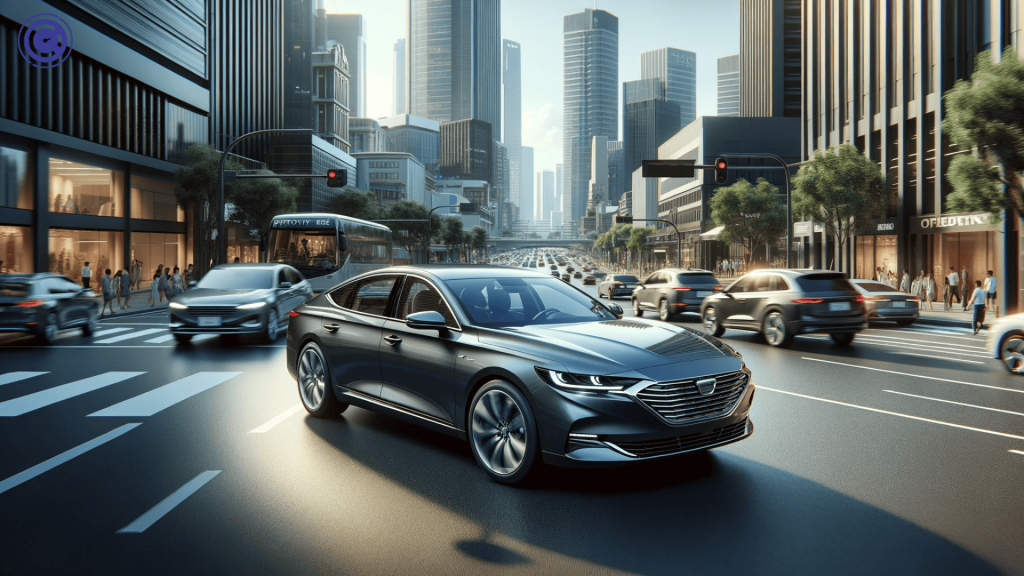
- Interior Space: Sedans are generally more compact compared to SUVs. While they can comfortably seat up to five passengers, the space in the rear seats might be tighter, especially in terms of headroom and legroom. This is something to consider if you regularly have adult passengers in the back.
- Cargo Capacity: The trunk space in sedans is typically more limited when compared to SUVs. While most sedans offer enough space for groceries or standard luggage, they might struggle with larger items or extensive cargo. The fixed rear seats in many sedans also limit the ability to expand cargo space.
- City-Friendly Dimensions: The compact size of sedans is a significant advantage in urban environments. Their smaller footprint makes them more maneuverable and easier to park, especially in tight parking spaces or busy city streets.
- Efficiency in Space Utilization: Sedans are designed to efficiently use the space they have. The interior layout is often focused on passenger comfort, and many modern sedans come with clever storage solutions and comfort features that make the most of the available space.
Safety: SUV vs. Sedan
When evaluating the safety of SUVs versus sedans, it’s important to consider how design, structure, and technology contribute to the overall safety of these vehicle types. Both have made significant advancements in safety features, but they offer different benefits due to their inherent design characteristics.
SUV: Robust and Elevated
- Higher Ride Height: SUVs offer a higher ride height, which can provide a better view of the road and surroundings. This elevated position can be advantageous for driver visibility, potentially allowing for earlier hazard detection.
- Size and Weight: Generally, SUVs are heavier and larger, which can offer an advantage in certain types of collisions. In multi-vehicle accidents, larger and heavier vehicles tend to fare better in terms of protecting occupants due to their greater mass.
- Stability Concerns: Historically, SUVs had a reputation for being less stable due to their higher center of gravity, which increased the risk of rollovers. However, modern SUVs have significantly improved in this aspect, with advanced stability control systems and design enhancements reducing this risk.
- Advanced Safety Features: Newer SUV models often come equipped with a range of advanced safety features, including automatic emergency braking, lane-keeping assist, adaptive cruise control, and more. These features contribute significantly to preventing accidents and enhancing overall safety.
- Off-Road Capabilities: For those who venture off the beaten path, the robust build and off-road capabilities of SUVs can offer additional safety benefits in challenging terrain.
Sedan: Agile and Structurally Sound
- Lower Center of Gravity: Sedans have a lower center of gravity, which generally makes them more stable and less prone to rollovers compared to SUVs. This stability is particularly advantageous when making sharp turns or navigating curves.
- Responsive Handling: The design of sedans allows for more responsive handling and quicker maneuverability. This can be a crucial safety feature in avoiding accidents, as it provides the driver with greater control to react swiftly in unexpected situations.
- Crumple Zones and Safety Design: Modern sedans are designed with crumple zones and reinforced structures to absorb and dissipate crash energy away from the passenger cabin. These design features are critical in protecting occupants in the event of a collision.
- Advanced Safety Technologies: Like SUVs, many sedans are also equipped with advanced safety technologies and driver-assistance systems, enhancing their ability to prevent accidents.
- Fuel Tank Placement: Sedans typically have the fuel tank placed in a safer location, lower to the ground, and better protected in a collision, reducing the risk of fuel-related fires.
Cost and Maintenance: SUV vs. Sedan
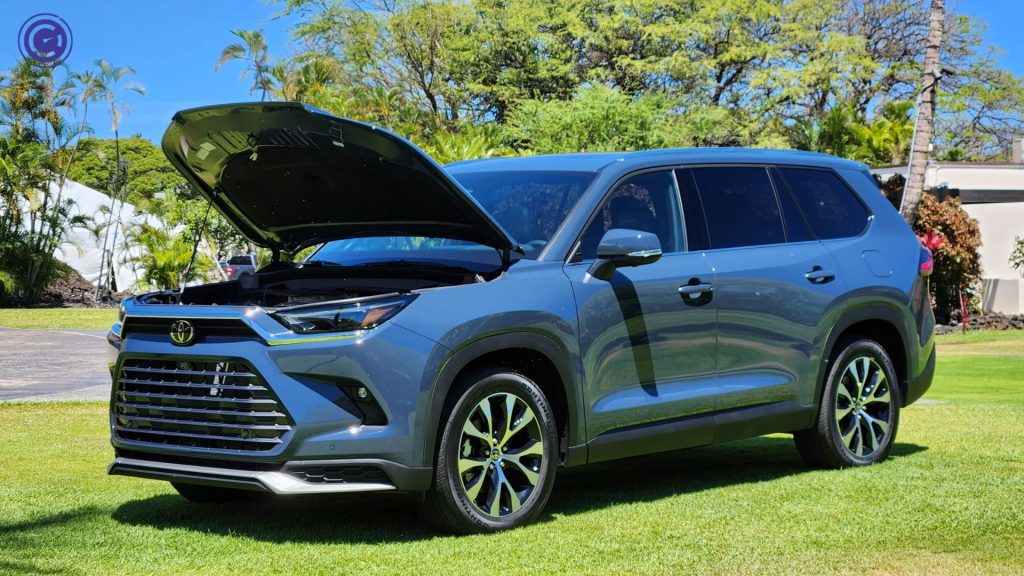
When choosing between an SUV and a sedan, it’s important to consider not just the initial purchase price but also the long-term costs associated with ownership, including maintenance, insurance, and fuel. Both vehicle types have distinct cost profiles that can impact your budget over time.
SUV: Higher Initial and Ongoing Costs
- Purchase Price: Generally, SUVs tend to have a higher initial purchase price compared to sedans. This is due to their larger size, increased capacity, and often more advanced features and capabilities.
- Fuel Efficiency: SUVs, particularly the larger models, typically consume more fuel due to their greater weight and size. This leads to higher ongoing fuel costs, an important consideration for budget-conscious buyers.
- Insurance Costs: Insurance premiums for SUVs can be higher than for sedans. The cost of insurance is influenced by various factors, including the vehicle’s value, repair costs, and safety features. Larger, more expensive vehicles like SUVs often cost more to insure.
- Maintenance and Repairs: Due to their complexity and the potential for off-road use, SUVs can sometimes have higher maintenance and repair costs. Parts for larger vehicles can be more expensive, and some SUVs require specialized servicing.
- Depreciation: Like all vehicles, SUVs depreciate over time. However, some SUV models retain their value better than others, especially those known for reliability and durability.
Sedan: Generally More Budget-Friendly
- Purchase Price: Sedans are often more affordable than SUVs. They are a popular choice for those who want a new vehicle without the higher cost associated with SUVs.
- Fuel Efficiency: Sedans usually offer better fuel efficiency, which can lead to significant savings over time. Their lighter weight and more aerodynamic shape contribute to lower fuel consumption.
- Insurance Costs: Typically, sedans are less expensive to insure compared to SUVs. This is due to their lower initial cost, cheaper repair expenses, and excellent safety features.
- Maintenance and Repairs: Sedans generally have lower maintenance and repair costs. They are often simpler in terms of mechanics and parts availability, which can translate to more affordable servicing.
- Depreciation: Like SUVs, sedans also depreciate, but the rate can vary widely based on the make, model, and market demand. Some sedans are known for holding their value well, particularly those with a reputation for reliability.
Identifying Your Needs
When deciding between an SUV and a sedan, understanding how each aligns with your lifestyle is crucial. This choice is more than just a matter of personal taste; it’s about finding a vehicle that fits seamlessly into your daily life and fulfills your specific needs. Here are key lifestyle considerations to help you determine whether an SUV or sedan is the right fit for you.
Family Size and Cargo Needs
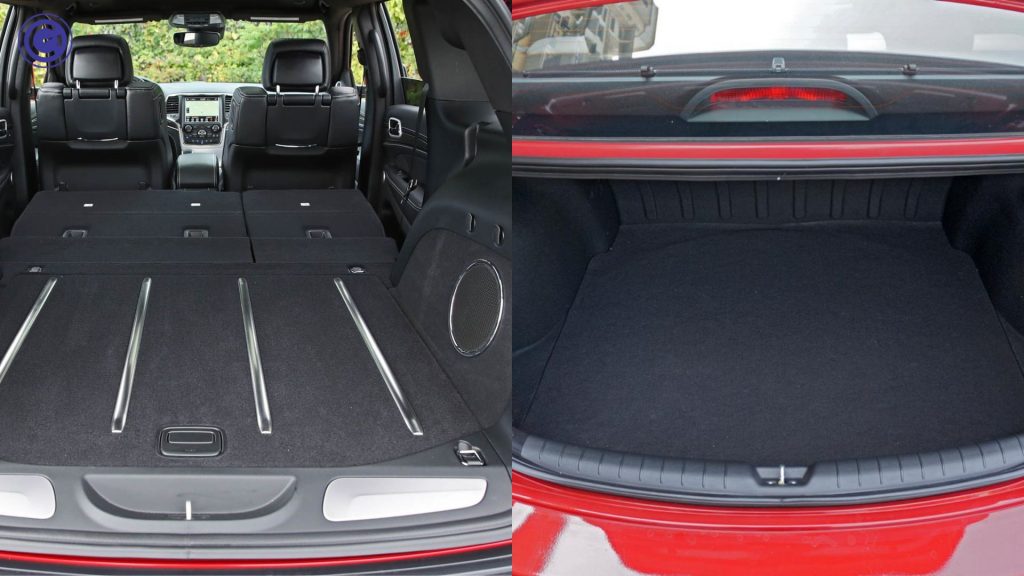
- SUV: If you have a larger family or regularly transport several passengers, an SUV, with its additional seating capacity and spacious interiors, can be more accommodating. The extra space is also ideal for those who need to carry significant amounts of cargo, whether it’s for road trips, sporting events, or moving large items.
- Sedan: For smaller families or individuals, a sedan might be more practical. It typically provides ample space for up to five passengers and can comfortably accommodate the daily commuting and cargo-carrying needs of most people.
Lifestyle and Activities
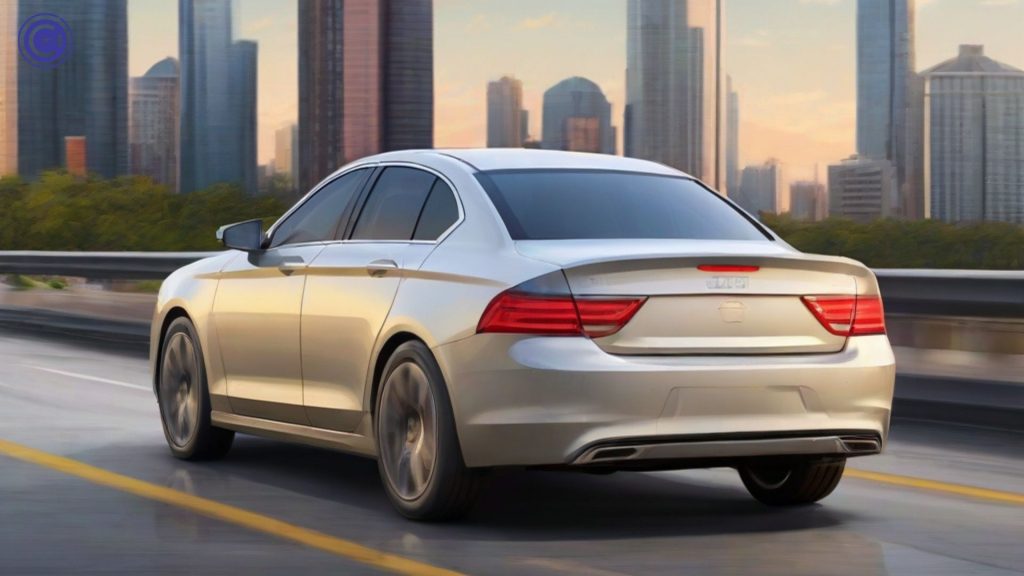
- SUV: If your lifestyle involves frequent outdoor adventures, such as camping, hiking, or skiing, an SUV can be a perfect companion. Its off-road capabilities, higher ground clearance, and ample cargo space make it ideal for handling rugged terrains and storing sports equipment.
- Sedan: If your activities are more urban-centric, involving city commuting and occasional long drives on highways, a sedan’s compact size, maneuverability, and fuel efficiency can be more advantageous.
Driving Preferences and Comfort
- SUV: Those who prefer a commanding view of the road might lean towards an SUV. Its higher seating position offers better visibility, which can be comforting for some drivers. Additionally, the spacious interior provides a sense of openness and comfort, particularly on long journeys.
- Sedan: If you enjoy a car that’s easy to handle with a smooth ride, a sedan could be more appealing. Sedans generally provide a quieter, more stable driving experience, especially at higher speeds on highways.
Urban vs. Suburban or Rural Living
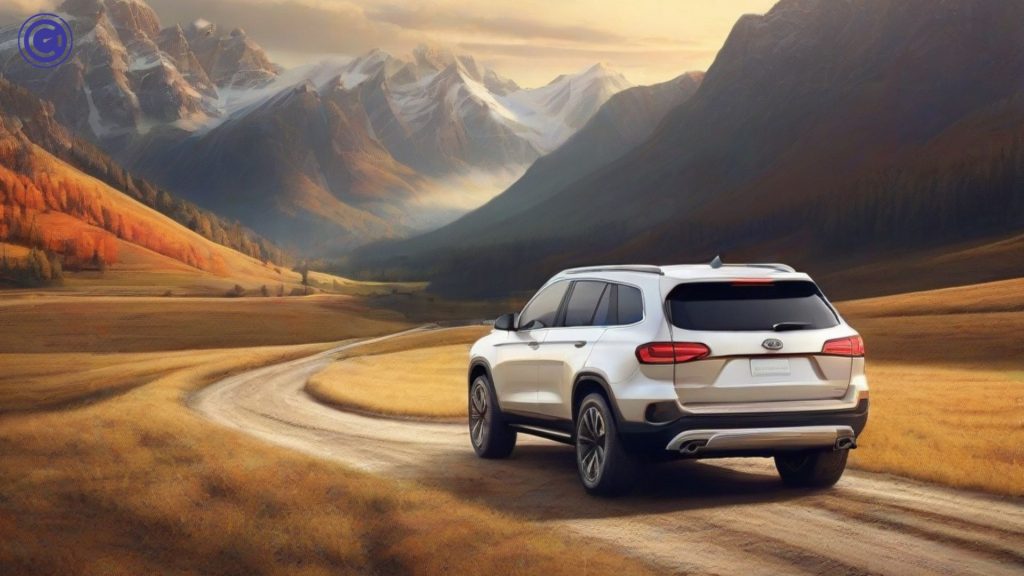
- SUV: For those living in suburban or rural areas, especially in regions with harsh weather conditions or less developed roads, an SUV’s robust build and all-wheel-drive options can offer peace of mind and practicality.
- Sedan: For city dwellers, the sedan’s smaller footprint makes it easier to navigate through traffic and park in tight spaces. Its efficiency is a plus for the stop-and-go nature of city driving.
Environmental Considerations
- SUV: While modern SUVs are becoming more fuel-efficient, they typically have a larger environmental footprint than sedans due to their size and fuel consumption.
- Sedan: If minimizing your environmental impact is a priority, a sedan, particularly a hybrid or electric model, can be a more eco-friendly choice.
Making the Right Choice: SUV vs. Sedan
Selecting between an SUV and a sedan is a significant decision that requires careful consideration. Once you have evaluated your needs based on lifestyle, budget, and preferences, the next steps involve detailed research and test driving. Here’s how you can ensure you make the right choice:
Research Models
- Start with Online Research: Utilize online resources to gather information on various SUV and sedan models. Look for websites that offer comprehensive reviews, comparison tools, and consumer feedback. Pay attention to factors like reliability, performance, fuel efficiency, safety ratings, and resale value.
- Focus on Your Priorities: Whether it’s fuel efficiency, space, off-road capability, or technology features, identify models that best meet your specific criteria. Make a list of features that are must-haves versus nice-to-haves.
- Consider Total Cost of Ownership: Look beyond the sticker price. Research the long-term costs associated with each model, including maintenance, insurance, fuel economy, and depreciation. Tools like cost-to-own calculators available on automotive websites can be helpful.
- Stay Informed About Safety: Safety is paramount. Check the safety ratings from reputable organizations like the National Highway Traffic Safety Administration (NHTSA) and the Insurance Institute for Highway Safety (IIHS).
- Look Into Trim Levels and Options: Most models come in various trim levels and offer additional packages. Understand what each trim level offers and decide which features align with your needs and budget.
Test Drive Your Choices
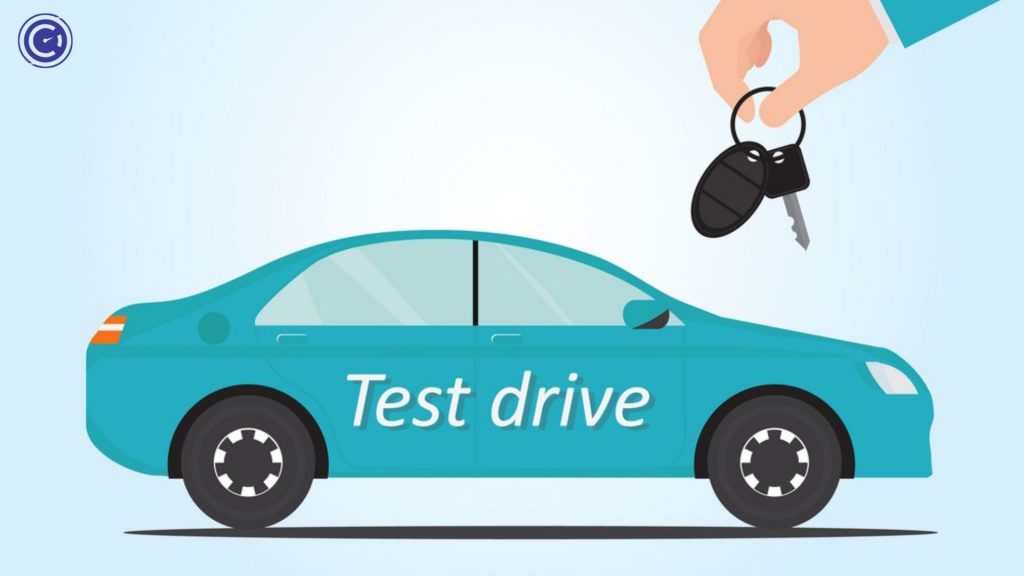
- Schedule Test Drives: Contact local dealerships to schedule test drives for the models you’re interested in. Try to book back-to-back test drives for a more direct comparison.
- Prepare a Checklist: Before the test drive, prepare a checklist of aspects you want to evaluate, such as acceleration, braking, handling, seat comfort, visibility, infotainment system, and noise levels.
- Mimic Your Daily Driving Conditions: During the test drive, try to mimic the driving conditions you experience daily. If you commute on highways, take the car on a highway. If you drive in the city, navigate through some busy streets.
- Evaluate Overall Comfort and Usability: Pay attention to how you feel in the driver’s seat, the ease of getting in and out of the car, the intuitiveness of the controls, and the convenience of the storage spaces.
- Ask Questions: Don’t hesitate to ask the salesperson questions during the test drive. Inquire about anything from warranty details to service intervals.
- Take Your Time: Don’t rush the decision. A car is a significant investment, and you should be confident and comfortable with your choice.
Making the Decision
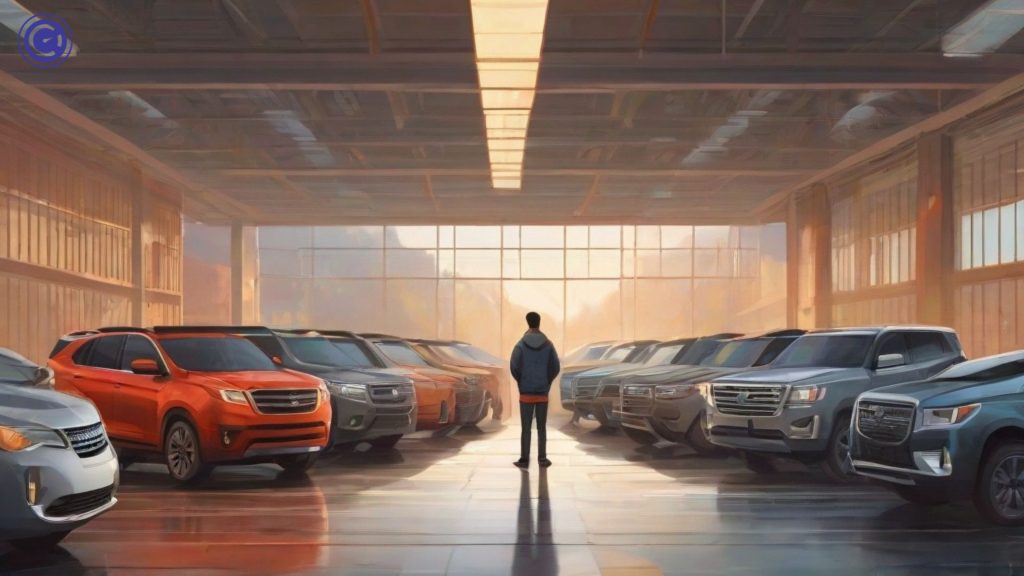
After conducting thorough research and test-driving your top choices, reflect on your experiences and how each vehicle aligns with your requirements. Consider which car felt right during the test drive and which one best fits your daily needs and long-term expectations.
Remember, the right choice is the one that not only ticks most boxes on your checklist but also feels right intuitively. It’s the vehicle that you feel confident and comfortable driving, the one that meets your practical needs while also satisfying your personal preferences.
Conclusion
Choosing between an SUV and a sedan is a journey that intertwines practicality with personal preference. As we’ve explored, both vehicle types offer distinct advantages and cater to different lifestyles and needs. The decision ultimately hinges on a balance between what you need from a vehicle and what you desire in your driving experience.
For families and those who crave space, versatility, and perhaps the readiness for off-road adventures, an SUV is an excellent choice. It fulfills the need for more room, provides a sense of safety with its size and height, and brings a level of robustness suited for varied terrains and larger cargo.
On the other hand, if your priorities lean towards fuel efficiency, ease of maneuverability, and a smoother ride, especially in urban settings, a sedan emerges as the preferable choice. It combines the elegance of traditional car design with the efficiency and technological advancements of modern automotive engineering.
In your quest to choose between an SUV and a sedan, let your lifestyle be your guide. Consider your daily routines, the nature of your regular commutes, your family requirements, and, importantly, what you enjoy in a vehicle. The choice should not only reflect your practical needs but should also bring you satisfaction and joy in ownership.
Remember, the automotive market today offers a diverse range of options within both SUVs and sedans, each with varying features and capabilities. Take the time to research, test drive, and reflect on your experiences with each vehicle.
Your perfect car is not just one that gets you from point A to point B; it’s one that resonates with your lifestyle, aligns with your values, and brings a sense of pleasure and pride in every journey. Whether it’s the commanding presence of an SUV or the sleek agility of a sedan, the right vehicle awaits to embark on countless roads and adventures with you.
If you found this blog helpful in your car buying journey, share it with others who might be navigating this decision. And if you’ve recently chosen between an SUV and a sedan, we’d love to hear about your experience! Leave a comment below, and let’s continue the conversation. For more assistance or personalized guidance, feel free to reach out to us. Happy driving!

